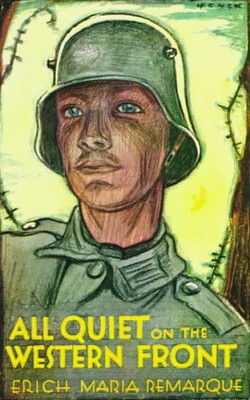Karneval
°Karneval,
also known as the “fifth season,” begins on November 11th at 11:11
am. The eleventh minute of the eleventh
hour on the eleventh day of the eleventh month. In this hour the “Council of
Eleven” comes together to plan the events of the upcoming festival.
°
Carnival traditions started in the 19th century. Many of the
Carnivals around Germany have elected Carnival Kings, Queens, or
Princes
°
Though the Council congregates on November 11th, the festivities do
not begin until 40 days before Easter. Carnival signifies the last parties
before Ash Wednesday.
°
Celebrations kick-off with “Women’s Carnival” on the Thursday preceding Ash
Wednesday. This day is a day for the Women of Germany. They may kiss any man they wish after first
cutting off his tie.
°
Rose Monday is where marching bands, dancers, and floats parade through the
streets of the cities. They throw confetti, sweets, and toys into the crowds.
Most of the floats are adorned with carved caricatures of politicians and other
characters.
°
On Shrove Tuesday, costume balls are held all throughout Germany, and they hold the burning of the Carnival Spirit,
when life-size straw effigies are burned.
°
Quiet Ash Wednesday marks the end of the festival.
Oktoberfest
°
Oktoberfest is Munich’s largest fair and highlight of the years events in
Germany. A Bavarian tradition originally started in 1810 in Munich, Germany. It
all started with the marriage of Crown Prince Ludwig and Princess Therese on October 12th and a
celebratory horse race held on October 17th.
°
Many events take place during the 16-day event, including horse races, plays and
socker games.
°
The festival is held on the field/meadow named the Theresienwiese, for
princess Therese.
°
Oktoberfest takes place during the 16 days up to and including the first Sunday
in October. The festival schedule was modified in 1994 to include German Unity
Day in the festivities. In the event that it is a Jubilee year the festivities
go until the first Monday in October.
°
The festival follows a set schedule of activities over the course of the 16
days. This includes family days, Italian weekend, a costume parade, firecracker
shooting and of course the tapping of the first keg.
°
Over the years they have had to cancel 24 years of Oktoberfest celebrations
°
There are 14 main large tents that can seat anywhere from 1,000 and 9,000 people
inside with even more room outside of the tents.
°
Oktoberfest accommodates as many as 6 million people each year that come from
all over the world to celebrate the German tradition.
German
Unity Day
°
German Unity Day, Tag der Deutschen Einheit, is celebrated on October
3rd, the date when the reunification treaty was signed between the
two Germanys in 1990, following the fall of the Berlin Wall on November
9th, 1989
°
It was originally going to be celebrated on November the 9th, the day
the Berlin wall fell, however this is also the date of the Nazis infamous
Kristallnacht. This was found to be inappropriate for a holiday so they
used the formal date when everything became official on October 3rd
1990.
°
Before 1990 West Germany's national holiday was on May 23rd and
October 7th in East Germany.
°
Each year a different city hosts a large celebration for the day. These
celebrations include food, fireworks, concerts, and speeches by political
leaders.
Erntedankfest
°
Erntedanktag is an official German holiday. Harvest Festivals
(Erntefests) are celebrated in churches and market places, in homes and dance
halls. While the German-speaking countries also observe the principle of
separation of church and state "politically", public displays of religious
holiday traditions are a part of the local culture. The mostly Protestant German
Erntedankfest observance dates back to around 1770.
°
Since the Reformation the 29th of September has been considered the end of the
harvest season, and Erntedankfest with a special church service is celebrated on
the first Sunday of October.
°
Erntedanktag literally means
“Harvest-Thanksgiving-Day“
°
Erntedankfest literally means "harvest festival of thanks”
°
It is not a national holiday, but more of a religious celebration with roots in
the rural harvest festivals. When it is celebrated in larger cities, it is
usually part of a church service.


























